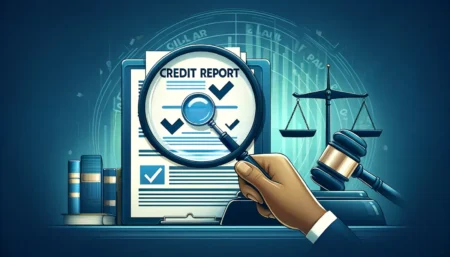Making financial decisions without considering legal risks can be as dangerous as sailing without a map. To avoid costly mistakes, it’s crucial to have a solid framework that helps you steer clear of potential pitfalls. This article outlines a roadmap for managing legal risks in finance, offering strategies to make your financial journey safer and more predictable.
Understanding Legal Risks in Finance
Legal risks in finance encompass a range of challenges that can impact your financial health. These include but are not limited to, regulatory compliance issues, contract disputes, and liability claims. For instance:
- Regulatory compliance: Ensuring that all financial activities align with local, national, and international laws.
- Contract disputes: These may arise from ambiguous terms or breaches of financial agreements.
- Liability claims: Claims against your business or financial decisions made on your behalf.
In the dynamic world of finance, understanding these risks is paramount. It’s not just about mitigating potential losses but also enhancing long-term stability and growth.
Examples of Legal Risks
- Regulatory Compliance: Failing to comply with the latest financial regulations can lead to hefty fines and legal actions. For instance, non-compliance with GDPR in Europe can result in significant penalties.
- Contract Disputes: Poorly drafted financial agreements can lead to disagreements and legal battles, which can be costly and time-consuming.
- Liability Claims: Decisions that lead to substantial financial losses can attract litigation, putting your assets and reputation at risk.
AI-Driven Solutions for Effective Risk Management
In the age of technology, AI-driven solutions provide a sophisticated method to mitigate legal risks in financial decisions. These types of platforms offer advanced features that help identify potential legal threats and streamline compliance processes.
Key Features of AI-Driven Solutions
- Automated Compliance Monitoring: These systems can track compliance requirements in real time, ensuring you are always in line with current laws and regulations.
- Risk Assessment Tools: AI tools can analyze vast amounts of data to identify potential legal risks early, allowing for proactive management.
- Contract Management Systems: Automate the creation, monitoring, and enforcement of financial agreements to reduce the risk of disputes.
Using these technologies not only increases efficiency but also ensures that your financial management practices are legally sound, providing a safety net against potential legal pitfalls.
Implementing a Comprehensive Financial Risk Mitigation Strategy
An effective risk mitigation strategy is a cornerstone of identifying, assessing, and controlling legal risks. The steps to achieve this include:
Identifying Risks
The first step involves pinpointing potential legal risks associated with your financial decisions. Consider factors such as:
- Market Fluctuations: Changes in market conditions can impact regulatory compliance requirements.
- Credit Risks: The likelihood of counterparties defaulting on their financial obligations.
- Operational Risks: These may arise from internal process failures or external events like cyberattacks.
Assessing and Quantifying Risks
Once identified, it’s crucial to evaluate the severity and impact of these risks. Tools like AI-based cash forecasting software can play a pivotal role. By modifying cash inflows, outflows, and other variables, you can build different scenarios to understand how various factors affect your financial health.
Controlling Risks
Implementing policies that guide decision-making and operations is essential. This includes setting exposure limits, establishing reporting protocols, and continuously monitoring the risk landscape.
Monitoring and Reporting
Regularly monitor the performance of your risk mitigation strategies. This involves tracking changes in compliance requirements, assessing the effectiveness of implemented measures, and making necessary adjustments.
The Role of Legal Advisors
Despite the advancements in technology, human expertise remains irreplaceable. Legal advisors play a critical role in navigating the complex web of financial regulations and legal obligations.
Benefits of Engaging Legal Experts
- Customized Advice: Tailored guidance based on your specific financial situation and goals.
- Compliance Assurance: Legal experts ensure that all financial activities comply with the latest laws and regulations.
- Risk Mitigation: Proactive identification and management of potential legal risks.
Legal advisors work hand-in-hand with technological tools, creating a robust framework for managing legal risks effectively.
Conclusion
Navigating legal risks in financial decisions is akin to steering through stormy seas; it requires not just a solid plan but also the right tools and expertise. By leveraging AI-driven solutions, implementing a comprehensive risk mitigation strategy, and seeking professional legal advice, you can ensure that your financial decisions—whether you’re considering investments or loans like Ascend Loans—are sound and secure. This multifaceted approach not only safeguards your assets but also enhances your ability to achieve long-term financial success.
Remember, in a world as volatile and interconnected as ours, effective risk management is not just a necessity—it’s a strategic imperative.




